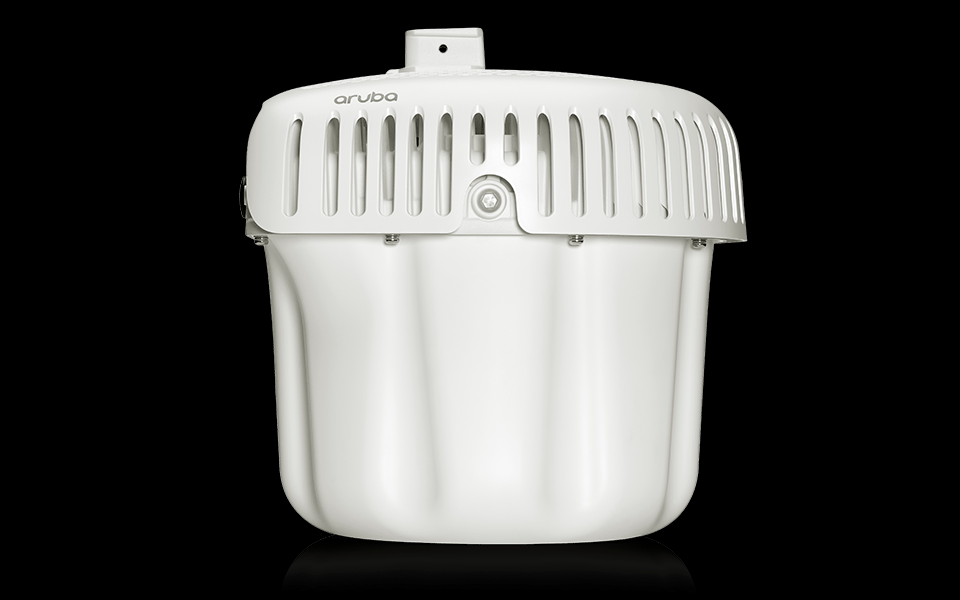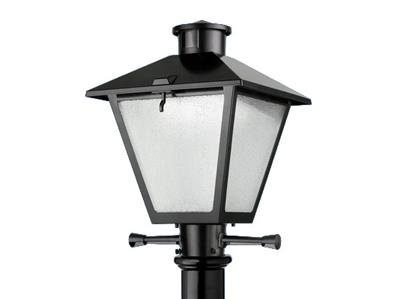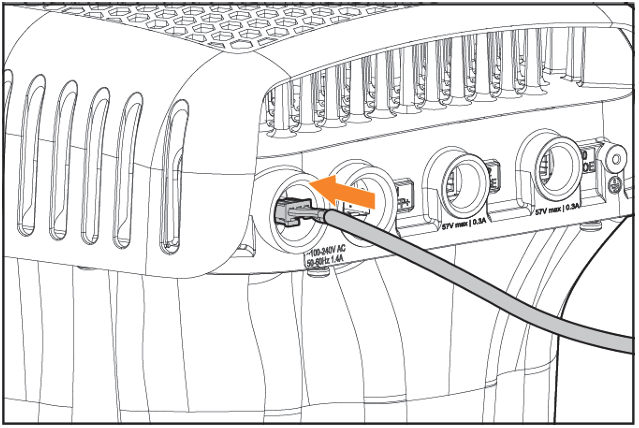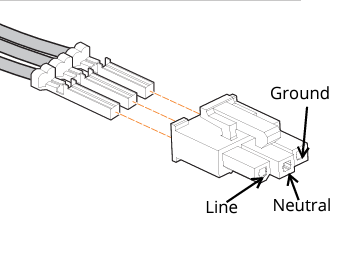Powering Aruba 580 Series Outdoor Access Points using AEL 247L LED Streetlight Luminaire - American Revolution
With its exceptional Wi-Fi 6 performance, the Aruba 580 Series Outdoor Access Points are a great choice for harsh outdoor settings. These access points include 5 Gbps Ethernet connectivity in addition to high-power Bluetooth and Zigbee radios.
 Aruba 580 Series Outdoor Access Point
Aruba 580 Series Outdoor Access PointSpecific variants, such as the Aruba AP-587EX, are intended for use in hazardous environments and include built-in omnidirectional antennas. The antennas have varying strengths for different frequencies, such as 4.5dBi on average (5.8dBi peak) for 5GHz and 3.0dBi on average (4.4dBi peak) for 2.4GHz, ensuring dependable and powerful connectivity in a variety of situations.
As a result, they are particularly well-suited for public spaces such as parks, colleges, and transportation terminals, where dependable and powerful wireless connectivity is essential. They will give constant, high-quality wireless service, whether it's providing Wi-Fi for students on a university campus, assuring seamless connectivity at busy transportation hubs, or allowing smart park capabilities.
 AEL 247L LED Streetlight Luminaire
AEL 247L LED Streetlight LuminaireAn innovative way of deployment is by using existing infrastructure, such as the NEMA ANSI C136.10 receptacle typically found on streetlights like the popular AEL 247L LED. These access points can tap into the power supply of the streetlights by using a streetlight power tap, such as the PHTCELTAP, simplifying installation and reducing the need for extra power infrastructure.
 Direct AC connection to Access Point
Direct AC connection to Access PointThe PHTCELTAP will feed 120V AC power directly to the AP without any additional conversion device. The connection will be done through the AP-AC-MLX AC Connector Kit provided with the radio.
 AP-AC-MLX Connector
AP-AC-MLX Connector
The streetlight power tap (PHTCELTAP) is provided with only two wires, therefore a suitable diameter grounding cable (18AWG) will be run from the light pole ground to the connector kit to make it 3 wires. Remember the access point is rated for 100 - 240V AC, 50 - 80Hz at 1.4A.
This technique not only saves money but also reduces the environmental impact of extending wireless networks in public places. The ability to smoothly integrate with existing infrastructure such as streetlights is especially beneficial in urban and semi-urban environments where space and aesthetics are critical factors. This technique of power delivery means that public areas can be outfitted with cutting-edge wireless connectivity without sacrificing visual appeal.
Read more on Streetlight Photocell Power Taps here.
For any questions and clarifications reach out to a Power Solutions specialist here.
Related Articles
Frequently Asked Questions: Streetlight Power Tap Adapters
A streetlight power tap adapter is a device that allows you to tap into the power supply of a streetlight. It installs between the ANSI C136.10 receptacle on top of the luminaire and the photocell without interfering with normal photocontrol ...Dusk to Dawn Streetlight Power for Outdoor Decorative Lights
Outdoor decorative/ holiday lights have the ability to convert regular spaces into warm, safe and inviting landscapes; consistently serving as sources of beauty and inspiration within communities during the festive season. It is true that most, if ...Installing the Aruba AP-85-PT-1 Streetlight Power Tap Adapter for Aruba Access Points
The Aruba AP-85 series access points are designed for robust outdoor deployments, providing reliable wireless connectivity. To power these access points efficiently, Aruba offers the AP-85-PT-1 light pole power tap adapter, specifically tailored for ...Cisco AIR-PWR-ST-LT-R3P Streetlight Power Tap Cisco Aironet Series
The Cisco AIR-PWR-ST-LT-R3P is a Streetlight Power Tap designed for the Aironet Series of wireless access points. The unit installs between the luminaire receptacle and the photocontrol device without affecting normal photocontrol and dimming ...Replacement Power Supplies for the Aruba AP-85FX, AP-85LX and AP-85TX Access Points
The Aruba AP-85FX, AP-85LX, and AP-85TX access points boast versatile input power systems designed to accommodate various deployment scenarios and environmental conditions. These access points are engineered to operate reliably in outdoor ...